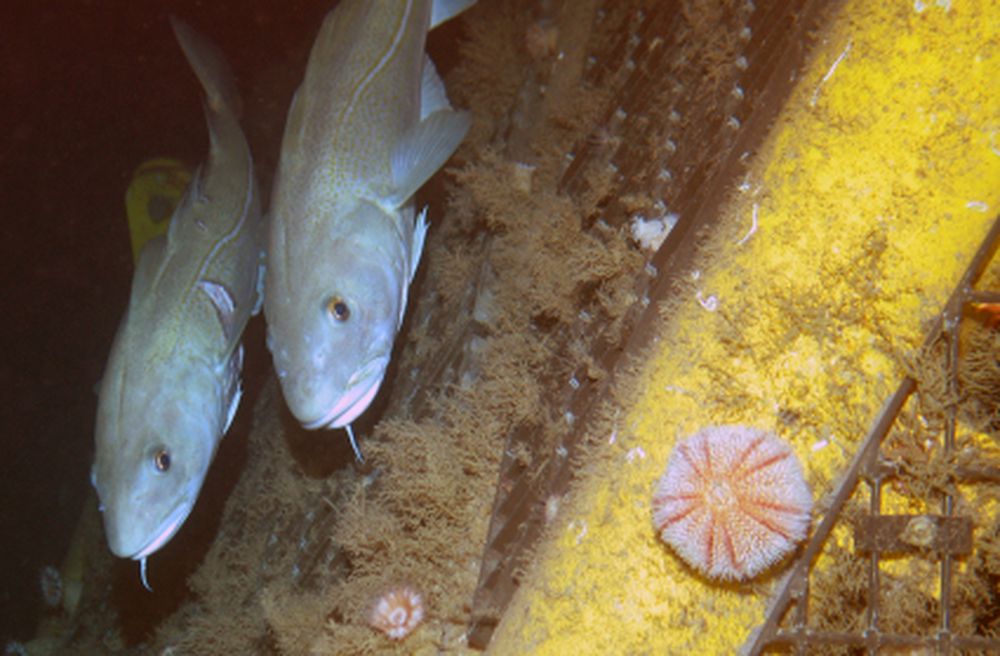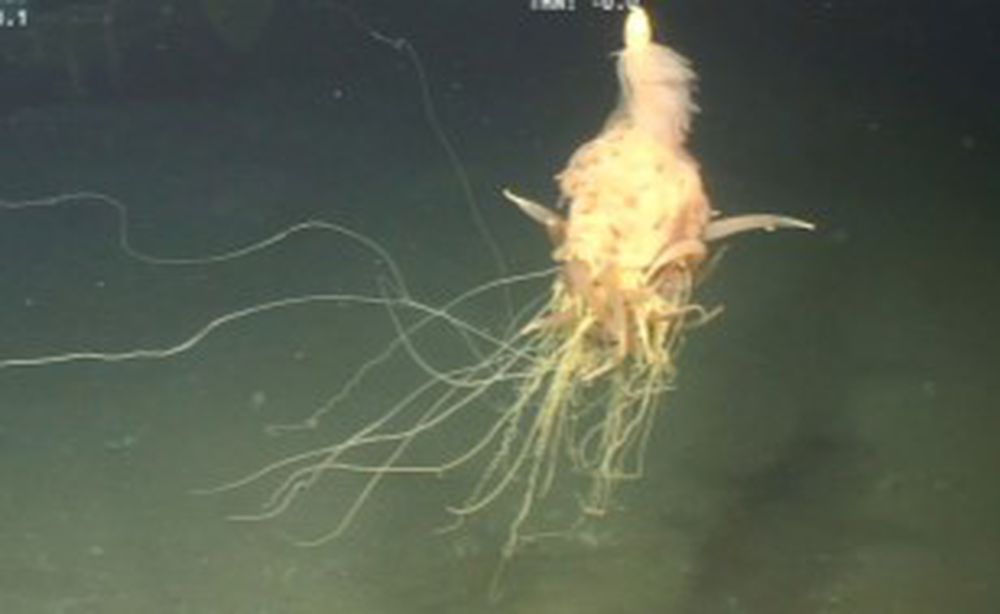Contact us
If you have a question we haven’t answered or you’re ready to start working with us, please get in touch.

BORA Blue Ocean Research Alliance®’s Eyes in the Ocean (EITO) project uses cutting-edge remotely operated vehicle (ROV) technology to search for and obtain footage of marine life that inhabit remote locations and unexplored ocean depths.
Posted 24th June 2024|2 minute read
By using Subsea7’s unique operational vessel access to the ocean, EITO enables the close monitoring of different ocean characteristics which will then be analysed by scientists at the National Oceanography Centre (NOC). It is hoped that the project will make exciting and noteworthy discoveries and has already captured incredible images of remora fish ‘riding’ on sea turtles.
Ultimately, the EITO project will push the boundaries of deep-sea ecosystem research by providing the international scientific community with data to support their work.
Lucy Harris, PhD student at the University of Southampton who is using the observations as part of her research said: “Sharing sightings of marine life encountered during offshore work can lead to new insights into the diversity, distribution, and behaviour of otherwise elusive marine life. It also provides an opportunity to understand how life interacts with marine artificial structures and may help to inform future marine policy.”

Observations of cod on an artificial structure in the NE Atlantic
EITO builds on the SERPENT Project, a previous long-running initiative led by NOC and supported by offshore industry partners globally, including Subsea7. SERPENT used ROV imaging to look out for marine animals that inhabit the ocean’s depths.
Amongst other noteworthy discoveries, the SERPENT project captured footage of a scalloped hammerhead swimming at the seabed at over 1000 m depth in the Indian Ocean near Tanzania, the deepest record of a hammerhead sharkat that time. It also found first in situ observations of a siphonophore known as the “flying spaghetti monster”, studied the role of artificial structures and discovered that food-falls of large elasmobranch carcasses can be common in some areas of the deep sea after finding examples on the Angola continental margin.
Whilst on routine operations on Subsea7 vessels the EITO project requests that ROV pilots follow data collection protocols to capture images and videos to create a visual record of the ocean environment. After uploading the observations to a database, NOC scientists assess the images and identify the marine life. This data are helping to increase our knowledge of the distribution, diversity and abundance of species in remote deep-sea locations.

In situ image of the “Flying Spaghetti Monster” siphonophore off Angola
Dr Andrew Gates, BORA Blue Ocean Research Alliance®’s Chief Scientist at the National Oceanography Centre, founder of SERPENT, and co-author of publications from ROV research, added: “Time after time industry ROV images and videos provide evidence rarely seen by scientists, and will add to the ocean observations across the globe. It is these images of rarely seen areas of the ocean that demonstrate how valuable the EITO initiative is.”
The project is seeking to include additional vessels and subsequent ROV pilots to contribute. It is hoped that industry ROV teams can be the ‘Eyes in the Ocean’, supporting scientific advances and enhancing our understanding of deep-sea ecosystems.
About BORA Blue Ocean Research Alliance®
BORA Blue Ocean Research Alliance® a partnership between Subsea7 and NOC, received endorsement from the UN Decade of Ocean Science for Sustainable Developmentin 2023. This was awarded under the Deep Ocean Observing Strategy (DOOS) Programme, which supports efforts to reverse the cycle of decline in ocean health and bring ocean stakeholders together in a common framework. The ‘Eyes in The Ocean (EITO) initiative specifically supports the UN Decade objective to work with industry partners to find where scientific value can be derived from existing datasets or through adding value to routine offshore operations.
It is these images of rarely seen areas of the ocean that demonstrate how valuable the EITO initiative is.
Dr Andrew Gates
BORA Blue Ocean Research Alliance®’s Chief Scientist at the National Oceanography Centre